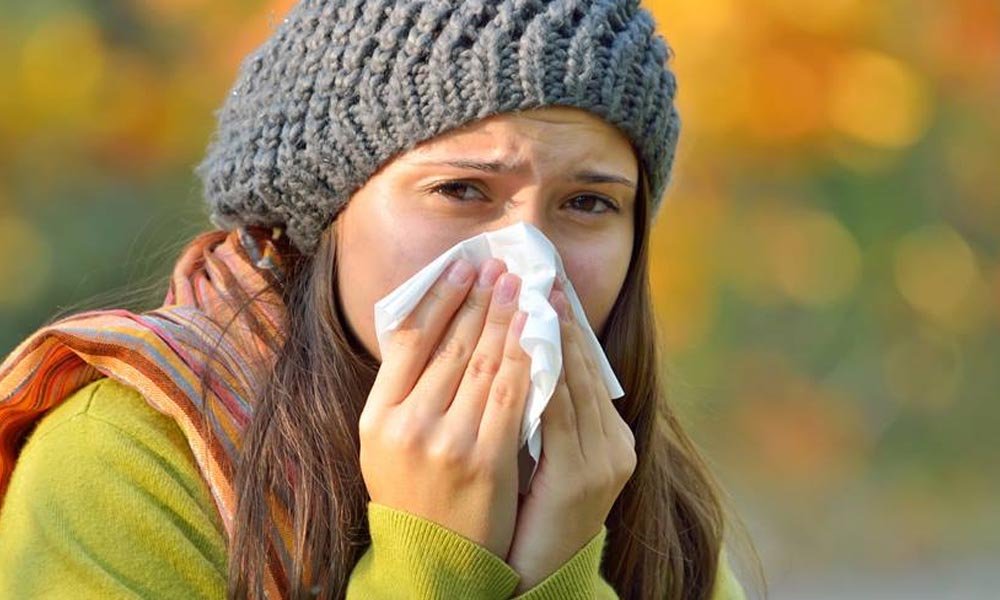Almost 84 percent of all people suffer from allergies within their own homes. One of the main causes of all the sneezes and runny noses is dust mites. They hide in almost everyone’s furniture and feed off of dead skin cells.
They’re not the only thing that can trigger an airborne allergy attack. Your pets could be the root of the cause.
This being said, you don’t have to get rid of fido. There are ways to fight common allergens without going to such extremes.
Check out this guide for a list of common treatment and prevention methods that you can try in your home today.
Table of Contents
What Is an Airborne Allergy?
If you wake up with a stuffy nose or you have a cough for seemingly no reason, it might be your immune system reacting to an airborne allergen.
While pet dander and pollen don’t affect everyone, for some, they can trigger a full-on asthma attack.
Fungal Spores
Pet dander and pollen aren’t the only airborne allergens you’ve got to worry about. There are many others. The first one we’re going to talk about is fungal spores.
If you have mold anywhere in your home, it will release a series of spores. Those who are allergic to these spores will begin to experience basic cold symptoms.
Pets
We love our pets, but sometimes, our noses don’t. Dogs and cats carry proteins in their saliva, urine, and skin flakes that can trigger an allergic reaction.
Sometimes the problem isn’t with the pet themselves. If you let your pet outside at any point during the day, they can bring pollen and other allergens home with them in their fur.
Dust Mites
Dust mites are one of the most common allergens in the air. They’re microscopic insects that hide in your bedding, carpets, and furniture. They thrive in humid areas that see a lot of human activity and feed off of dead skin.
When you disturb their resting areas, you fling their feces and scales into the air. If you breathe these allergens in, it will cause a runny nose. In some cases, you may develop a skin rash.
Pollen
As plants go through their basic processes, they produce pollen. It’s a yellow powdery substance that can cause watery eyes and runny noses.
Pollen can make it into your home when you open your door to go in and out. Again, your pets can also carry it in on their fur.
Managing and Preventing Allergens
Now that you know your enemy, it’s time to learn how to conquer it. The best methods involve keeping your home clean and using an air purifier.
You should also keep your windows closed and try to control the humidity levels in your home. If all else fails, get in contact with your doctor.
Clean
One of the best treatments for allergies is to stop them in their tracks by cleaning. You’re going to be stirring contaminants around in the air, so it’s wise to grab a mask before you get started.
Use a cloth to dust your furniture and take a dry mop to your wood floors. Vacuum your carpets at least once a week and go over them every twelve months with a steam cleaner.
Throw your bedding in the wash two times a week and place a plastic cover over your mattress. Doing so will keep your dust mite problem to a minimum.
You bring in a lot of allergens on your clothes. Get rid of them by staying on top of your laundry.
Use an Air Purifier
If you don’t have a lot of time to dedicate to cleaning, consider picking up a HEPA Air Purifier. It contains a filter that can trap allergens and prevent them from circulating through your home.
They’re the perfect answer for common contaminants such as pet dander, dust, chemicals, and mold spores.
Keep Humidity Levels to a Minimum
Again, dust mites are attracted to humid areas. If you keep the humidity levels in your home at 50% or under, they won’t be able to thrive.
Close Your Windows
The weather feels great during the spring months. It’s enough to prompt homeowners to turn off their thermostat for a while and crack open a window.
While you’ll let in plenty of fresh air and save money on your power bill, it’s not worth the runny nose. Keep your windows shut and block out the pollen.
Talk to Your Doctor
If your airborne allergy is enough to cause breathing trouble, that’s reason enough to make an appointment with your doctor.
Dust mites and pollen shouldn’t be interfering with your regular life. If you find that you have to take an over-the-counter medication every day to fight your symptoms, talk to a specialist.
They’ll be able to find out what the source of the problem is and prescribe something that will help. If there isn’t a medication that can do the trick, they might suggest you go in for an allergy shot.
Maintain Your Indoor Air Quality
Are you tired of waking up with a runny nose? Is your cough beginning to make your throat sore? It’s time to improve your air quality.
The simple act of picking up an air purifier or cleaning will be enough to send any airborne allergy packing. If it doesn’t, your doctor will be able to give you something to control your symptoms.
For more information on allergens and what they can do to your body, check out this post.
